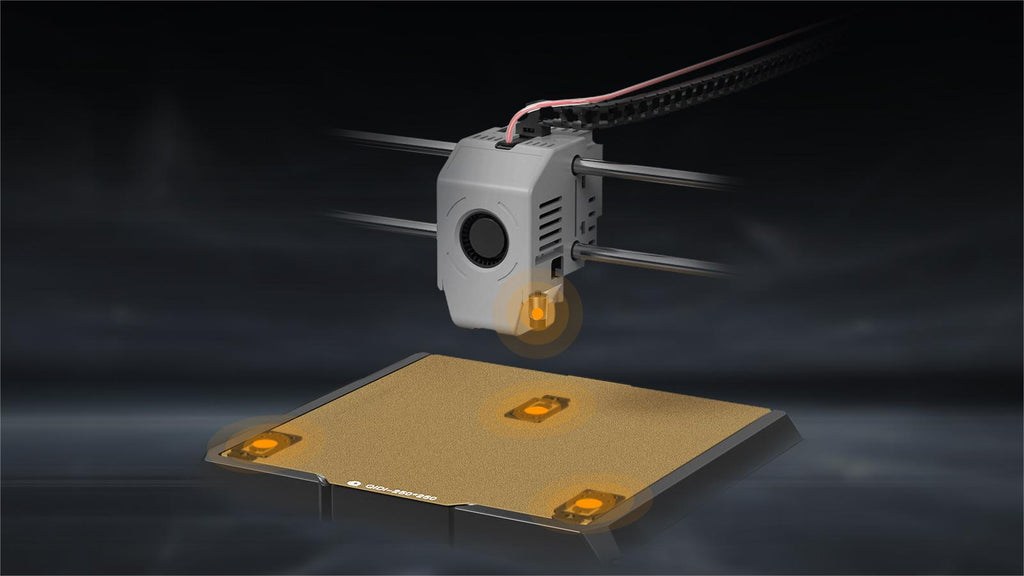Ensuring that your 3D printer bed is properly leveled is crucial for achieving high-quality prints. This article will guide you through the process of how to level a 3d printer bed and troubleshoot common issues that may arise. Whether you are a beginner or an experienced user, understanding the nuances of bed leveling can significantly enhance your 3D printing experience.

Understanding the Importance of Bed Leveling
Bed leveling is the process of adjusting the print bed to ensure it is perfectly parallel to the printer's nozzle. A well-leveled bed ensures that the first layer of your print adheres properly, which is essential for the success of the entire print. Without proper leveling, you may encounter issues such as poor adhesion, warping, or even failed prints.
Common Bed Leveling Methods
There are several methods to level a 3D printer bed, each with its own advantages and challenges. Here are some of the most common techniques:
- Manual Leveling: This involves adjusting the bed screws by hand while using a piece of paper or a feeler gauge to measure the distance between the nozzle and the bed.
- Automatic Bed Leveling: Some advanced 3D printers come with sensors that automatically adjust the bed level. This method is more convenient but may require calibration.
- Mesh Bed Leveling: This technique involves creating a mesh of points across the bed and adjusting each point individually to achieve a level surface.
Steps to Manually Level a 3D Printer Bed
Manual leveling is a common method used by many 3D printing enthusiasts. Here are the steps to manually level your 3D printer bed:
- Home the printer to ensure the nozzle is at the starting position.
- Place a piece of paper between the nozzle and the bed.
- Adjust the bed screws until you feel slight resistance when moving the paper.
- Repeat the process at all four corners of the bed.
- Double-check the center of the bed to ensure it is level.
Troubleshooting Common Bed Leveling Issues
Even with careful leveling, you may encounter issues. Here are some common problems and their solutions:
- Uneven Prints: If your prints are uneven, recheck the bed level and ensure all screws are tightened properly.
- Poor Adhesion: If the first layer does not stick, clean the bed surface and ensure it is free of debris.
- Warping: Warping can occur due to temperature fluctuations. Use a heated bed and ensure consistent ambient temperature.
“Proper bed leveling is the foundation of successful 3D printing. Taking the time to level your bed correctly can save you from many headaches down the line.”
Advanced Bed Leveling Techniques
For those looking to take their bed leveling to the next level, consider investing in automatic or mesh bed leveling systems. These systems can provide more precise adjustments and save time in the long run. For example, the Auto Bed Leveling Sensor from XYZ Printing offers a reliable solution for consistent bed leveling.
Conclusion
Learning how to level a 3d printer bed is an essential skill for anyone involved in 3D printing. By understanding the importance of bed leveling, mastering manual techniques, and troubleshooting common issues, you can ensure high-quality prints every time. For more advanced users, exploring automatic and mesh bed leveling options can further enhance your printing experience.
For a visual guide, check out this bed leveling tutorial video that provides step-by-step instructions.
References









